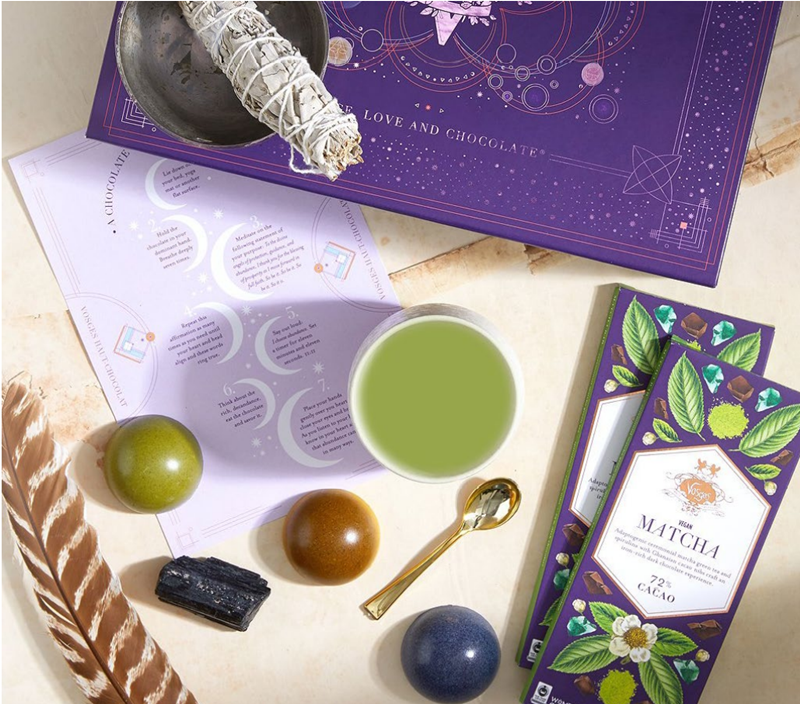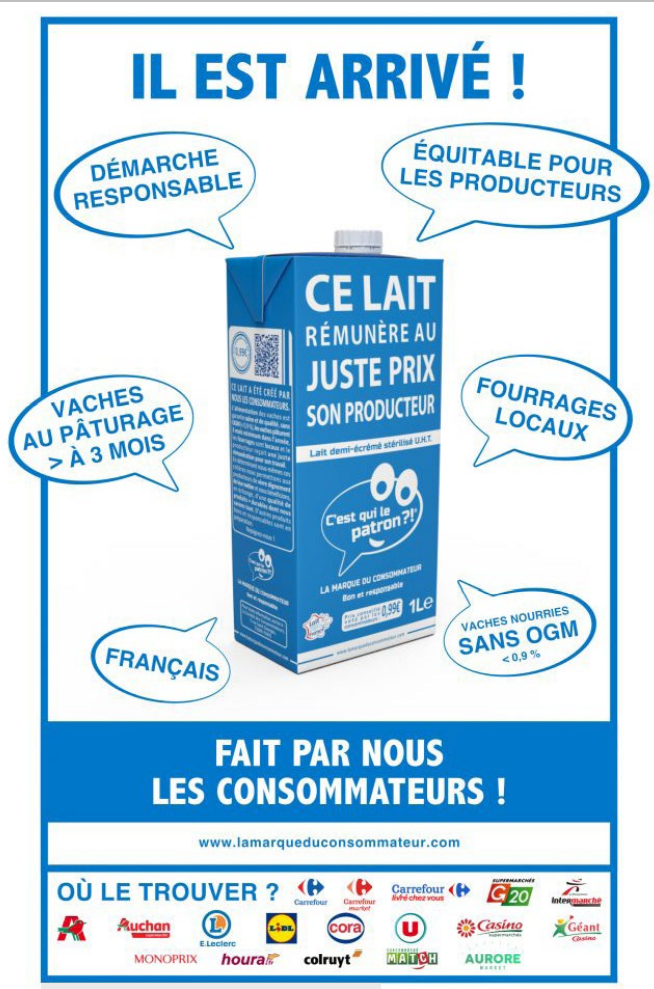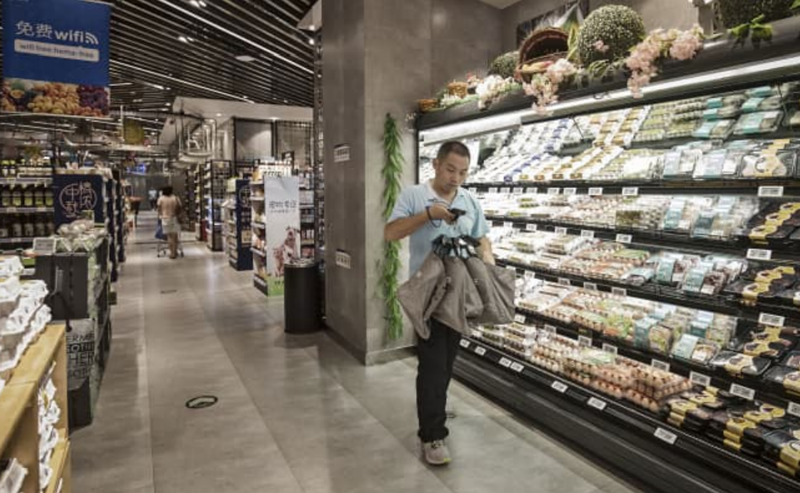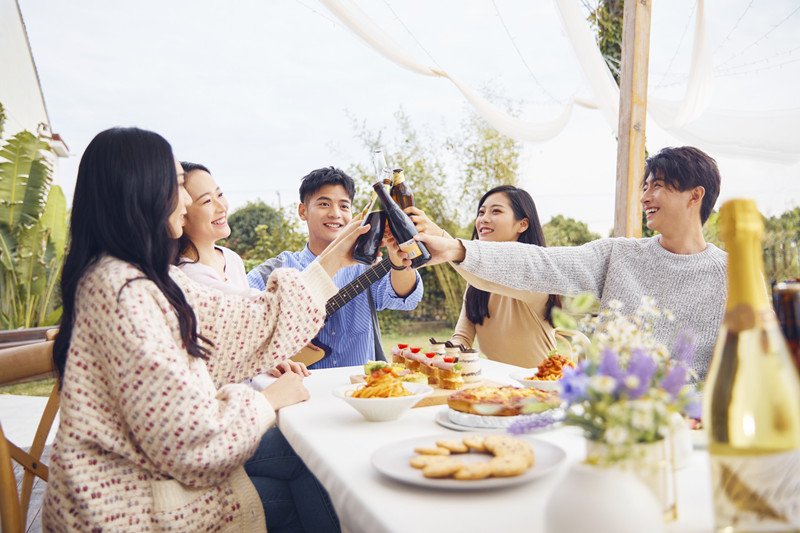Many events in 2020 have led to fundamental adjustments in consumer behavior. Health, value, and identity will be the three major industry trends. These trends will help us discover future business opportunities in the global food, beverage, and catering industry.
Health: Explore how consumers can obtain physical and mental health in dietary choices. What we can be sure of is that in view of consumers’ pursuit of overall physical and mental health, the food and beverage industry will continue to emerge as new participants and disruptors.
Value: During the COVID-19 pandemic in 2020, many consumers have been hoarding food to find a sense of security. The consumption mentality of seeking cost-effectiveness will become more and more common, and this shift will cause consumers to re-evaluate the consumption of food, beverages, and catering, and focus on more practical benefits.
Identity: “Identity” covers the way consumers understand and express themselves and their social status. In periods when identity tags (such as certain jobs, hobbies, or activities) are restricted, the food and beverage industry can seize the opportunity to act as a hobby and personality indicator.
With today’s fast-paced market changes and the accelerated promotion of the new crown epidemic, this article will continue to explain in terms of time frames in the next 12 months (now), 18-24 months (in the near future), and more than 5 years (in the future). The deduction of trends and their evolution. In 2021 and in the future, food and beverage companies will create mental and emotional health solutions, meet new value needs, and use brands to help people seek identities.

1 Heal the mind
Innovative food and beverage formulas will provide mental and emotional health solutions and will lay a new foundation for healthy eating.
The pandemic has made consumers realize that health is a vital issue. The epidemic and its far-reaching impact have made people pay more attention to psychological and emotional health. In the next few years, consumers will seek more products and services with psychological and emotional health benefits.
In a large number of mental and emotional health solutions, functional formulas and emotionally attractive multi-sensory products will help food, beverage, and catering brands occupy a larger share. Innovative food and beverage formulas will help people understand how diet can affect mental and emotional health. This will arouse consumers’ new interest in healthy eating based on psychology.
1.1 Current
Through the ritual sense of the product and the food preparation process, the way of placing the plate, or the way of eating can bring people a unique consumption experience. It is a means of providing emotional adjustment to meet the needs of tranquility and calming emotions.
In Asia, a variety of new instant coffee drinking forms (such as powder, hanging ears, test tubes) provide consumers with different taste experiences. In China, 77% of adults agree that the sense of ritual in daily life can help improve mood. For another example, the American high-end chocolate brand Vosges has launched five different “ceremonial themed” chocolate gift boxes. In addition to different flavors of chocolate, the gift boxes are also matched with specific crystals and herbs, which fit the theme of joy and success.
Use functional ingredients to cope with psychology and emotions. Consumers with health needs will seek more functional foods and beverages that claim to help people concentrate, relax and reduce stress, or regulate emotional health problems.

1.2 Near-term outlook
The formula will enhance stress-reducing activities. In the next few years, the brand will create multi-sensory and functional formulas to enhance stress-reducing activities, such as watching TV, playing games or meditation. Some sensory elements (such as fragrance) and functional ingredients will be used to add a “real” experience to virtual activities. Innovative concepts include eating snacks to boost energy or soothing aromatic beverages with meditation tutorials when playing e-sports.
Awareness of mental and emotional health will help increase interest in scientific choices and intuitive diets. As the enthusiasm for simply focusing on epidemic prevention fades, people will work more seriously to reduce the health risks associated with poor diet. According to reports, malnutrition will increase the condition of coronary pneumonia and may also affect the effectiveness of the vaccine. The recent trend of healthy eating has also begun to reduce diet, which will further promote the acceptance of conscious or intuitive eating. Both dietary concepts encourage consumers to pay more attention to the food itself and its impact on the body. This dietary concept also fits the growing health awareness of today’s consumers.
In the next few years, more brands will encourage consumers to use scientific concepts to choose products. The brand will also highlight the nutritional value, especially on how to balance the ratio of food calories and nutrient content.
1.3 Long-term outlook
Technology will be more proven and used to inspire healthy habits. Consumers’ attention to psychological and emotional health will lead to a surge in functional formulations on the market. Consumers will choose mental and emotional health ingredients, ingredients, or formulas that have been proven effective. The company can share the endorsements of health experts or scientific research results on the packaging and through the QR code.
As predicted by the 2030 global food and beverage trend “smart diet”, consumers will also be able to personally monitor their lifestyle through wearable devices that track biological activities. At the same time, healthcare companies and public health agencies will further explore solutions that use wearable devices to encourage people to eat healthily. The government and non-profit organizations will also encourage people to use technology and psychology to reduce diet-related health risks.

1.4 Three opportunities
Create solace scenes. Food and beverage brands can provide stress-relief, relaxation, and joyful emotional connections to consumers who feel stressed through product rituals. In the next 12 months, functional foods and beverages with psychological and emotional health benefits will be expanded to new categories and new occasions.
Enhance the experience and encourage healthy eating. Multi-sensory and functional formulas will be created to supplement or enhance stress-reducing activities, such as eating energy-enhancing snacks or drinking tranquilizers to help meditation while playing e-sports. As some people accept the psychological approach of healthy eating, “scientific choice” and “nutritional value” will become more mainstream.
Provide evidence and keep pace with technology. Consumers see more verifiable knowledge and products related to mental and emotional health formulas. Companies can share health expert evidence or scientific research results to make products more convincing. Consumers and public health agencies will use technology to track, verify and incentivize healthy eating.
2 Reshape value
Brands will be challenged to deal with trust, quality, and a new definition of “necessity”.
The impact of the epidemic has had a significant impact on consumer confidence and the economy. Increasingly, consumers are looking to return to the value of the product itself, seeking the lowest price for a quality product in return. As the market reopens after the outbreak is under control, consumers will return to a fast-paced lifestyle, so products that are convenient will be welcomed. Consumers will expect time-saving, hygienic, and novel convenience foods, beverages, and meals.
In the coming years, brands will also face the challenge of dealing with more new consumer brands, retail channels, and business models. The value of value for money will motivate brands to be more transparent in determining details such as product prices, ingredient composition, and manufacturing processes.
2.1 Focus on the present
Delivering great flavor and quality. As the epidemic further drives the home-based economy, consumers will be looking for food and beverage products that bring dine-in quality and solutions geared toward emerging home consumption scenarios.
2.2 The Near Future
Consumer moral expectations will promote “values that are consistent with values. While people tend to focus more on their own needs during economic downturns, the outbreak of the new pandemic has also galvanized support for local communities and their economies. Brands and retailers have the opportunity to attract consumers by releasing products that are affordable and have ethical or environmental claims.
Another important development will be the creation of nutritional products with universal value to help more groups have access to basic nutrition. Products also have a higher price premium if they can effectively communicate how the price of the product is related to quality, safety, or corporate social responsibility (CSR). Brands, retailers, and restaurant operators can take inspiration from the French brand “Who’s the boss? model. which involves consumers in selecting and pricing product attributes, thus resulting in product attributes such as “French origin” and “farmer’s benefits”. The product was also priced 0.30 euros higher than other similar milk products.

Consumer expectations of contactless retailing will inspire experiential service. One of the lasting effects of the new crown outbreak will be a general expectation of hygiene and safety, especially in the retail and restaurant sectors. Consumers expect contactless innovations, including smart shopping carts that do not require hands and packaging that limits direct hand contact during consumption. As the market recovers, consumers will be open to the ease of experience in food shopping formats and entertainment consumption.
2.3 Long-term outlook
Provide healthy food transparently, efficiently, and inclusively. Global retailers will draw inspiration from China’s popular “new retail” format. The store design will reflect the concept of retailers (such as Hema). Use fresh food to attract shoppers to the store while also efficiently providing online order services.

In addition, by making more use of blockchain and other tracking technologies, brands will be able to show consumers the different elements that make up product prices through data, photos, or videos.
Companies that focus on the future will have the potential to achieve a global supply of inclusive and sustainable nutritional products. There will be more innovations in emerging markets, such as Nestlé Cerevita instant porridge, which is launched in southeastern Africa. The instant porridge is made from whole grains and fortified with key nutrients. It can be seen that vertical farms and other new forms of agriculture can also be used to expand the scope of obtaining fresh food.
2.4 Three major opportunities.
Discover new opportunities for home living. In the year ahead, most consumers will continue to focus on at-home consumption scenarios, such as working, working out, and playing at home. Brands and retailers can transform everyday home life with affordable inspiration and novel flavors. For example, introduce a range of healthier options to make up for indulgences, while meeting time-saving and creative needs.
Restore a focus on corporate social responsibility. As the market recovers, consumers will gravitate toward responsible business entities and experiential consumption. Consumers want communities to be the focus of corporate social responsibility (CSR). The pandemic will also cause retail and restaurants to focus more on managing and innovating in the area of safety.
Technological advances in the transparent, efficient, and inclusive delivery of healthy food will facilitate the expansion of seamless online and offline retailing and the transparent publication of product prices globally. At the same time, future-focused companies will fuel more efficient and transparent production chains, expand the global supply of inclusive and sustainable nutrition products and invest in high-tech agriculture.
3 Food community
Modern consumers seek a strong sense of individuality and advocacy. They need to feel unique and special but also aspire to be part of a community of like-minded people. Food and beverage brands can identify these psychological appeals and help them find a balance between the individual and the community.
The new crown epidemic has increased consumers’ concern for their communities. Consumers recognize the importance of supporting each other and will organize as a community of like-minded individuals out of a need for socialization and camaraderie.
Food, beverage, and restaurant brands can fully leverage their positioning to align with common interests and hobbies that consumers may associate with their identity. Brands can then actively bring together individual fans into online communities or organize face-to-face gatherings. Defined by commonly-owned brands, communities will expand people’s social circles and lead to a collective approach that makes a big difference.
3.1 Look at the present moment
Supporting personal expression through food and beverage hobbies. Over the next 12 months, food, beverage, and restaurant brands will encourage people to use their brands to express themselves and to rediscover the experiences they had before the epidemic. Food and beverages have already become one of the ways people seek solace to consume during the new crown epidemic. They can also release more interactive products and recipes that encourage people to incorporate creativity and personal expression into the production and consumption of food and beverages. Products and services will also help people regain their pre-epidemic lifestyles and interests, such as traveling, eating out, and attending sporting events.

In addition, consumers can be encouraged to use food and beverages to express their opinions or hobbies. Social media platforms will help consumers express themselves during a time when social interaction is limited, while also being able to connect with the broader online brand community.
3.2 Short-term outlook
Build communities where consumers can form new connections. Consumers are more likely to connect and form communities with others who share their values. Food and beverage brands can find inspiration in sports, apparel, and other industries to host events or create communities to connect with consumers. In addition, food, beverage, and restaurant brands can create online and physical spaces that bring consumers together to help them better interact.
Food and beverage brands can also leverage Internet communities to do business and build new business models. Online hubs can provide e-commerce and allow brand fans to introduce each other to the network. Many consumers also crave social opportunities away from the screen. Food, beverage, and restaurant brands can create spaces where consumers can (safely) meet face-to-face and form meaningful connections.
Social commerce will be the new form of leveraging communities. Food and beverage brands can adopt a social model that allows shoppers to share their online shopping experience with fellow shoppers and friends. As the social shopping app, Poundland has shown, the model has been a big success in China. The Poundland app helps consumers put together orders and share products. In the coming years, brands and restaurants can expand their online social model and host face-to-face events, inviting a select group of fans to enjoy a limited-edition online purchase or experience a menu item together.
3.3 Long-term vision
Organize brand communities that make a difference. In the future, companies have the opportunity to provide communities with practical ways to give back. Brands can use their resources, reputation, and influence to help consumers take action locally to support important causes. During the New Canopy outbreak lockdown, Walmart partnered with Nextdoor to launch a “Neighbor to Neighbor” program to connect U.S. shoppers with nearby residents who need assistance with shopping or picking up items.
While local communities will be the focus of development, brands can help refocus attention on global issues. Brands can create charitable products, donate a portion of profits to provide meals to needy families, or fund farms that are shifting to sustainable practices in the countries where the products originate.

3.4 Three major opportunities
Cater to individuals’ unique preferences. Food, beverage and restaurant brands will support and help people express their personalities and emotions through food and beverage. There are numerous products that will attract consumers through creative expression during 2020 and will continue to grow in the coming year.
Create communities around shared interests. Food, beverage and restaurant brands will create brand communities to offer consumers new ways to socialize and meet new people. Whether online or in-person, companies can connect with individual consumers around hobbies and create forums to support meaningful, engaging interactions.
Mobilize consumers to do good. Food, beverage and restaurant brands can act as facilitators to help consumers engage in charitable causes to help make a difference in the world. Brands will use their resources and influence to organize consumers to take action in their local communities and internationally.

